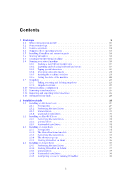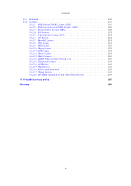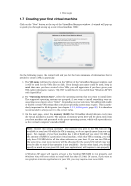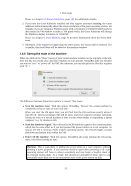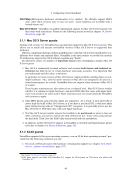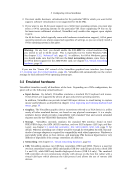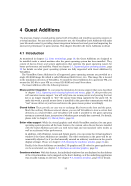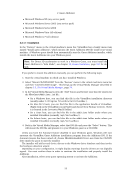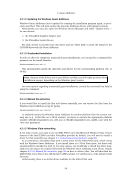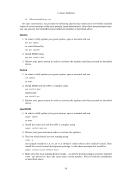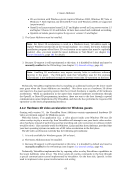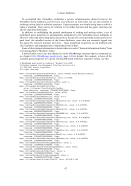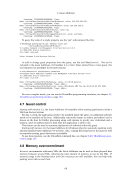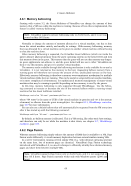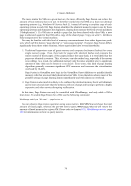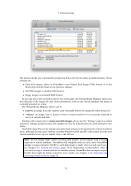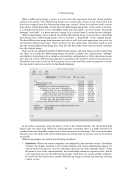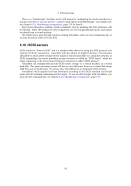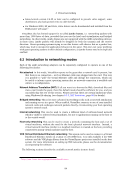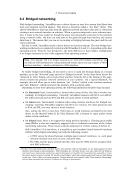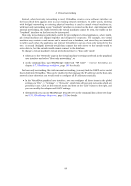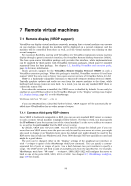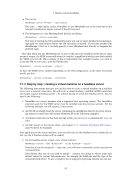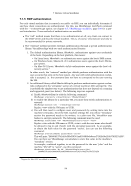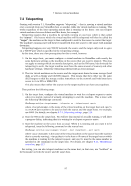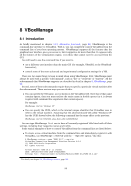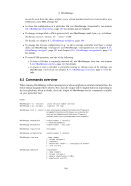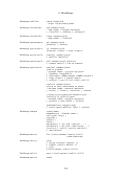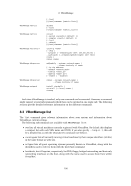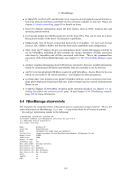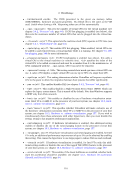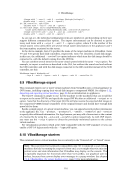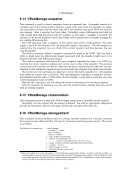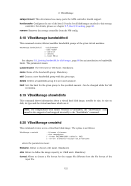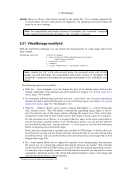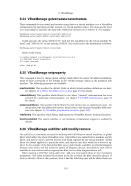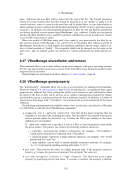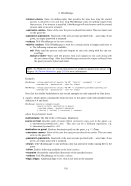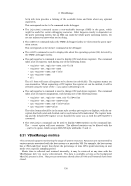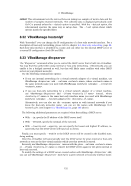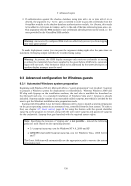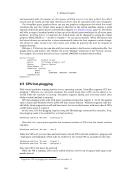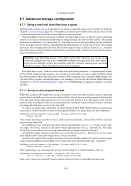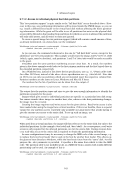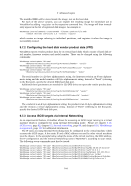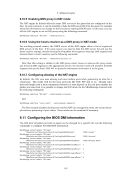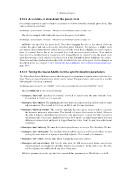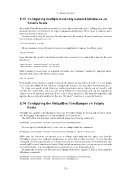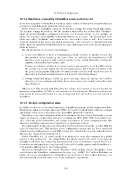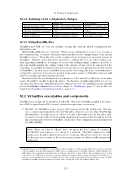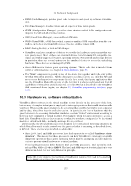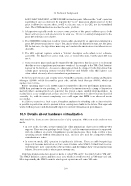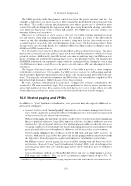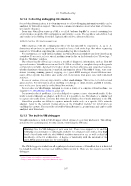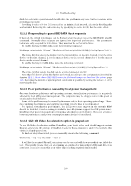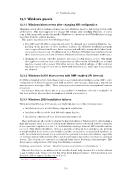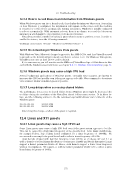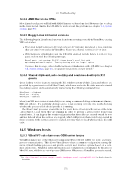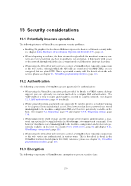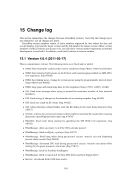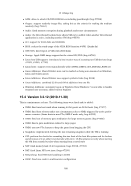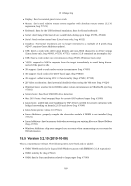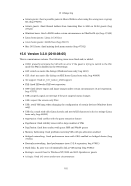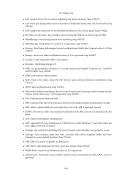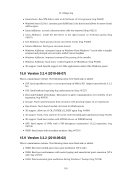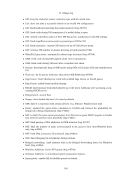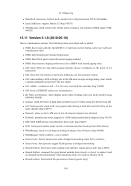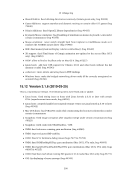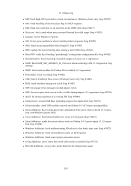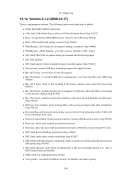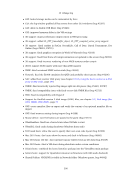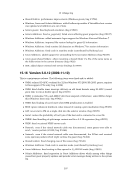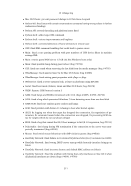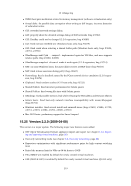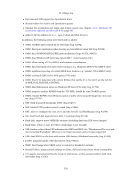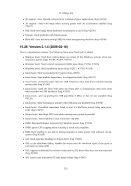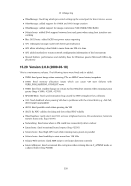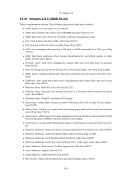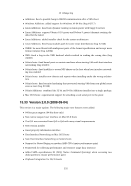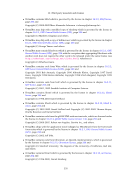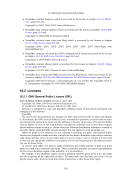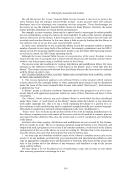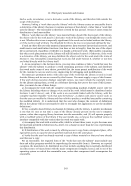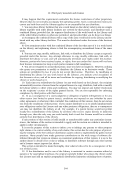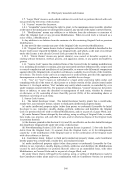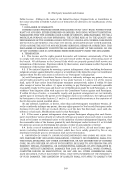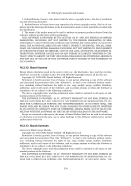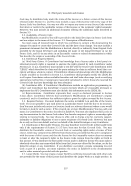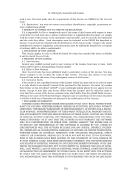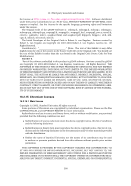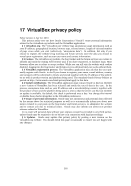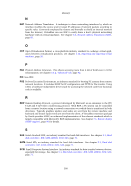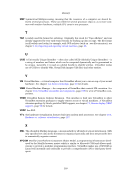9 Advanced topics and associated with /dev/mouse or /dev/psaux in X.Org server 1.3 or later a driver for a PS/2 mouse must be loaded and the right vboxmouse driver must be associated with /dev/vboxguest. The VirtualBox guest graphics driver can use any graphics configuration for which the virtual resolution fits into the virtual video memory allocated to the virtual machine (minus a small amount used by the guest driver) as described in chapter 3.5, Display settings, page 45. The driver will offer a range of standard modes at least up to the default guest resolution for all active guest monitors. In X.Org Server 1.3 and later the default mode can be changed by setting the output property VBOX_MODE to “widthxheight“ for any guest monitor. When VBoxClient and the kernel drivers are active this is done automatically when the host requests a mode change. The driver for older versions can only receive new modes by querying the host for requests at regular intervals. With pre-1.3 X Servers you can also add your own modes to the X server configuration file. You simply need to add them to the “Modes” list in the “Display” subsection of the “Screen” section. For example, the section shown here has a custom 2048x800 resolution mode added: Section "Screen" Identifier "Default Screen" Device "VirtualBox graphics card" Monitor "Generic Monitor" DefaultDepth 24 SubSection "Display" Depth 24 Modes "2048x800" "800x600" "640x480" EndSubSection EndSection 9.5 CPU hot-plugging With virtual machines running modern server operating systems, VirtualBox supports CPU hot- plugging.1 Whereas on a physical computer this would mean that a CPU can be added or re- moved while the machine is running, VirtualBox supports adding and removing virtual CPUs while a virtual machine is running. CPU hot-plugging works only with guest operating systems that support it. So far this applies only to Linux and Windows Server 2008 x64 Data Center Edition. Windows supports only hot- add while Linux supports hot-add and hot-remove but to use this feature with more than 8 CPUs a 64bit Linux guest is required. At this time, CPU hot-plugging requires using the VBoxManage command-line interface. First, hot-plugging needs to be enabled for a virtual machine: VBoxManage modifyvm "VM name" --cpuhotplug on After that, the –cpus option specifies the maximum number of CPUs that the virtual machine can have: VBoxManage modifyvm "VM name" --cpus 8 When the VM is off, you can then add and remove virtual CPUs with the modifyvm –plugcpu and –unplugcpu subcommands, which take the number of the virtual CPU as a parameter, like this: VBoxManage modifyvm "VM name" --plugcpu 3 VBoxManage modifyvm "VM name" --unplugcpu 3 Note that CPU 0 can never be removed. While the VM is running, CPUs can be added with the controlvm plugcpu/unplugcpu com- mands instead: 1Support for CPU hot-plugging was introduced with VirtualBox 3.2. 140
Purchased from Demo (abedemo.tizrapublisher.com) for the exclusive use of unknown. © 2025 Demo. Please report unauthorized use to pirate@tizra.com


